Don't let Death Valley's name scare you. This national park can be heavenly.
Death Valley doesn’t sound like a place anyone would want to visit.
With summertime temperatures regularly soaring well into the triple digits, even in the shade, it can feel like an inferno.
“But it’s not always the hottest place on Earth,” said Death Valley National Park ranger and spokesperson Abby Wines. “If you come in the fall, winter, spring, it can be beautiful.”
It's especially stunning when wildflowers blanket the valley in vibrant colors.
The key is knowing when to visit. Here’s what travelers should know about Death Valley, the latest national park in USA TODAY’s yearlong series.
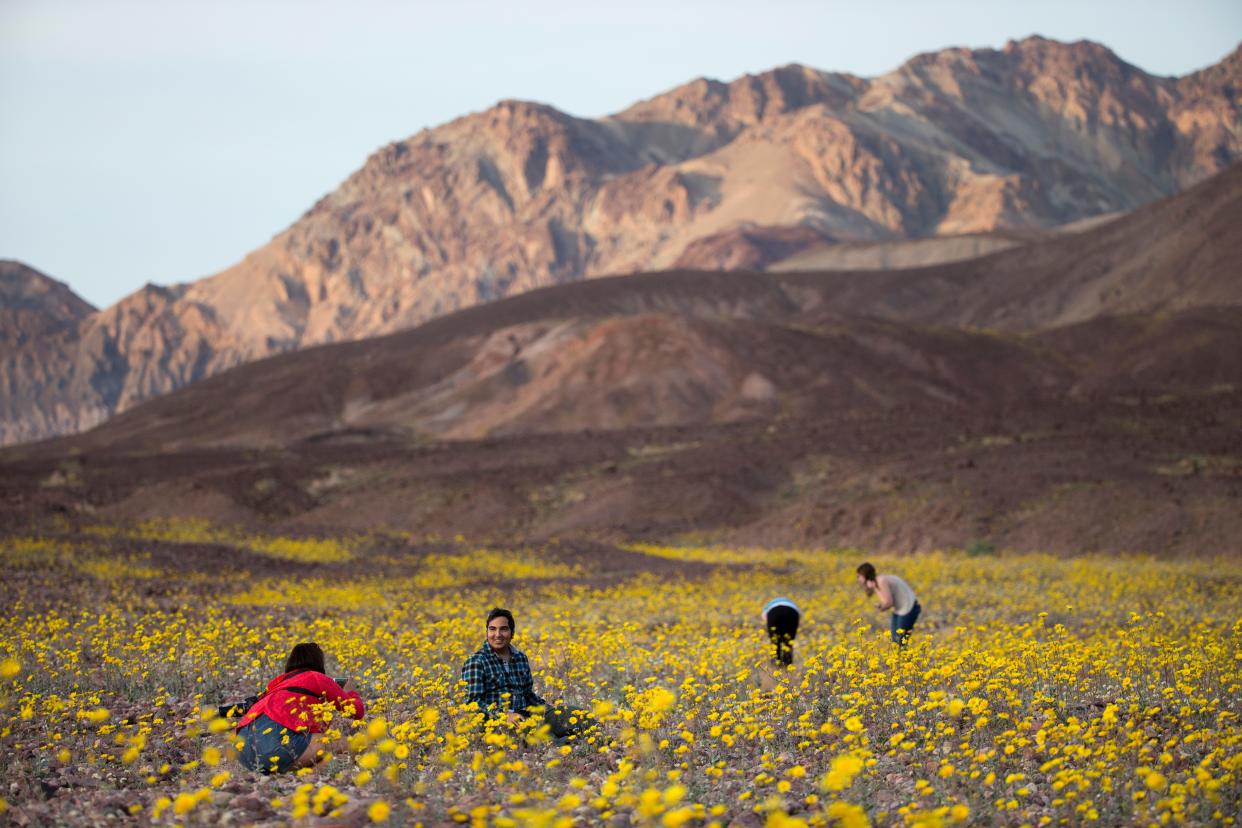
Where is Death Valley?
Death Valley National Park is mostly located in eastern California, along the Nevada border.
However Wines notes, “110,000 acres of the park (are) in Nevada. There are no paved roads in that section. Most people are in the California part.”
The nearest major airport is Harry Reid International Airport in Las Vegas.
Why is it called the Death Valley?
According to the park, “Death Valley was given its forbidding name by a group of pioneers lost here in the winter of 1849-1850. Even though, as far as we know, only one of the group died here, they all assumed that this valley would be their grave ... As the party climbed out of the valley over the Panamint Mountains, one of the men turned, looked back, and said ‘goodbye, Death Valley.’ ”
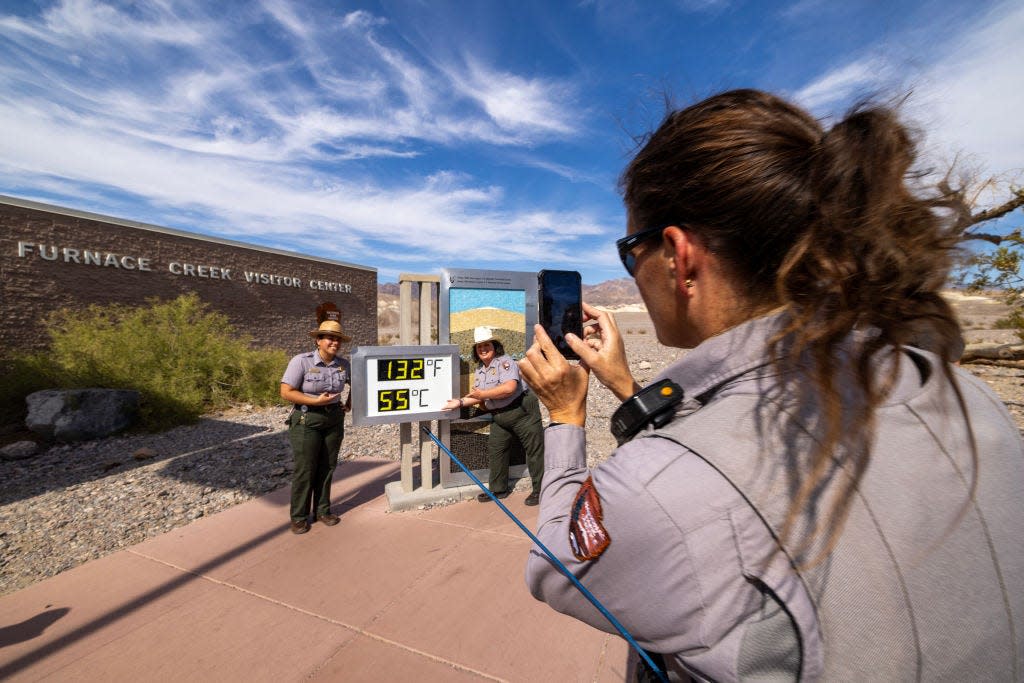
What is Death Valley famous for?
Death Valley is known as America’s hottest, driest and lowest national park.
It holds the Guiness World Record for the highest temperature ever recorded anywhere: 134 degrees on July 10, 1913. Wines says temperatures have hit 130 degrees in recent summers and ground temperatures of 201 have been measured.
It’s the driest place on the continent. Some areas receive less than two inches of rain each year, according to the U.S. Geological Survey.
And at 282 feet below sea level, the park’s Badwater Basin is the lowest place in the U.S.
Despite these harsh conditions, Death Valley is also a place of life. A number of species have adapted to living there and every decade or so, it boasts a super bloom of wildflowers.
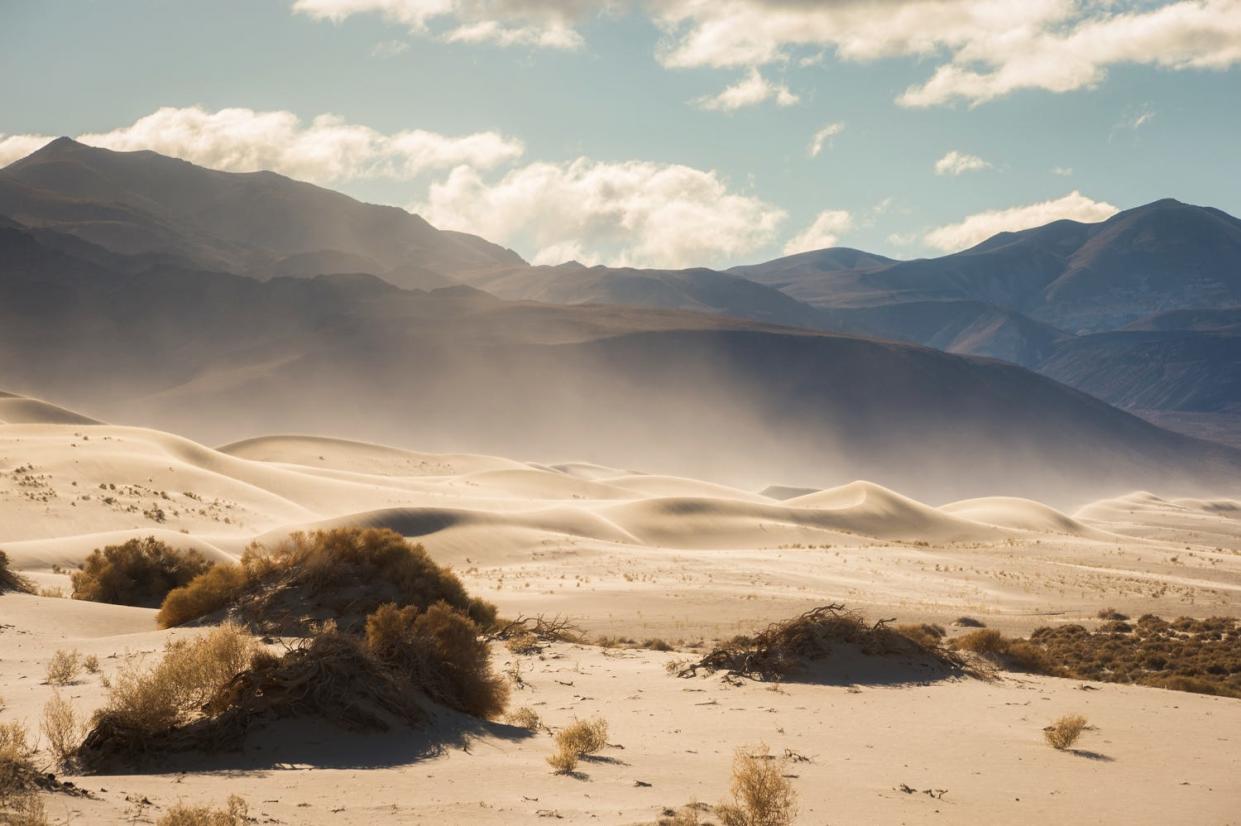
Does anyone live in Death Valley?
Death Valley is the historic homeland of the Timbasha Shoshone.
“Some members of the tribe still live within Death Valley, and their village is in Furnace Creek,” Wines said. “It’s right here in the center of the park. Unfortunately, they don't have a visitor center or anything to really welcome the public. They were starting to work towards that before COVID hit, and since then they've been very cautious with opening back up to the public.”
What animals live in Death Valley?
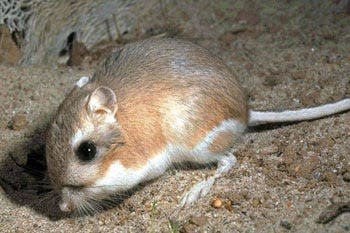
“One of the animals that I love talking about is the kangaroo rat,” Wines said. “They're really cute … They hop around like a kangaroo does, so that's why they're named (that). But this little rodent, it never has to drink water in its entire life. It makes all of the water it needs from dry seeds that it eats.”
Other animals that have adapted to life in Death Valley are desert tortoises and big horn sheep, though visitors are unlikely to see them.
“What you are likely to see are coyotes, road runners, ravens and depending on the time of year, probably some lizards, maybe a snake,” Wines said.
What flowers grow in Death Valley?
“Weakstem mariposa lily, desert gold, bear poppy, mariposa lily, desert chicory, desert five-spot, desert dandelion and lilac sunbonnet” are among the wildflowers of Death Valley, but they aren’t around for long.
According to the park, “Rather than struggle to stay alive during the desert’s most extreme conditions, annual wildflowers lie dormant as seeds. When enough rain finally does fall, the seeds quickly sprout, grow, bloom and go back to seed again before the dryness and heat returns.”
Some years see a super bloom.
“But even in a just average wildflower year, there's a beautiful variety of colors and flowers you can see alongside the roads and while hiking,” Wines said, adding that spring blooms are usually found at lower elevations, “where the rest of the year you might just see rocky slopes.”
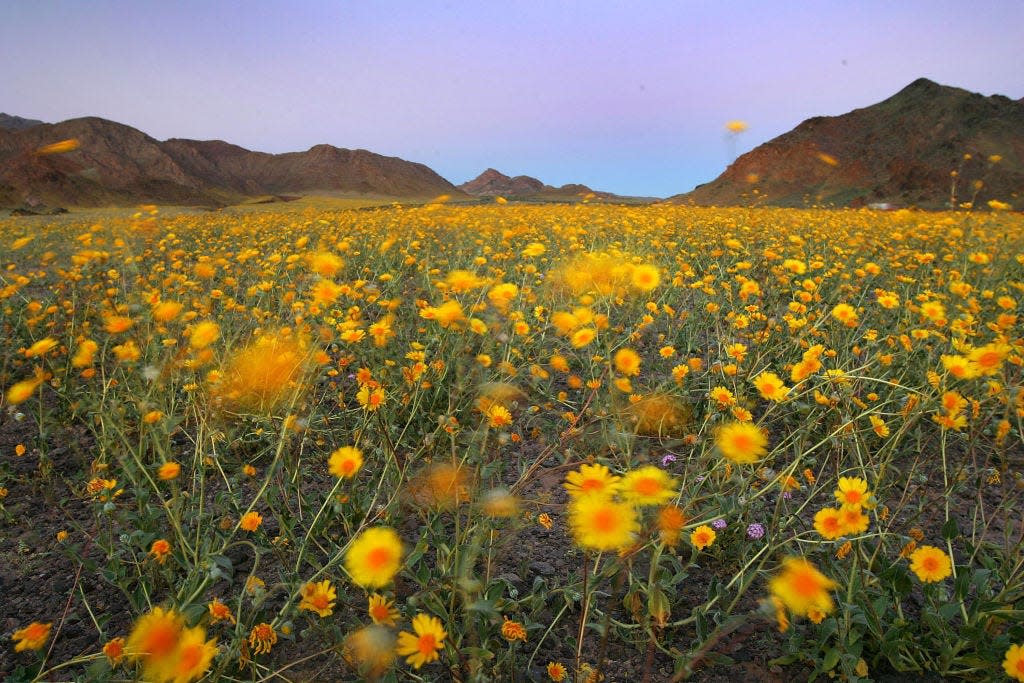
What not to miss at Death Valley
Spanning 3,422,024 acres, it’s nearly the size of Connecticut and America’s largest national park outside of Alaska.
“Most people that have not been here before think that it's all going to be sand and cactus. Well sand is less than 4% of the park,” Wines said.”There are sand dunes and they are beautiful, (but) that's not most of what you're going to see.”
Visitors will definitely want to see Badwater Basin.
“Down on the valley floor, it’s this huge, white, beautiful salt flat that gets fractured into polygons,” Wines said. “Really photogenic.”
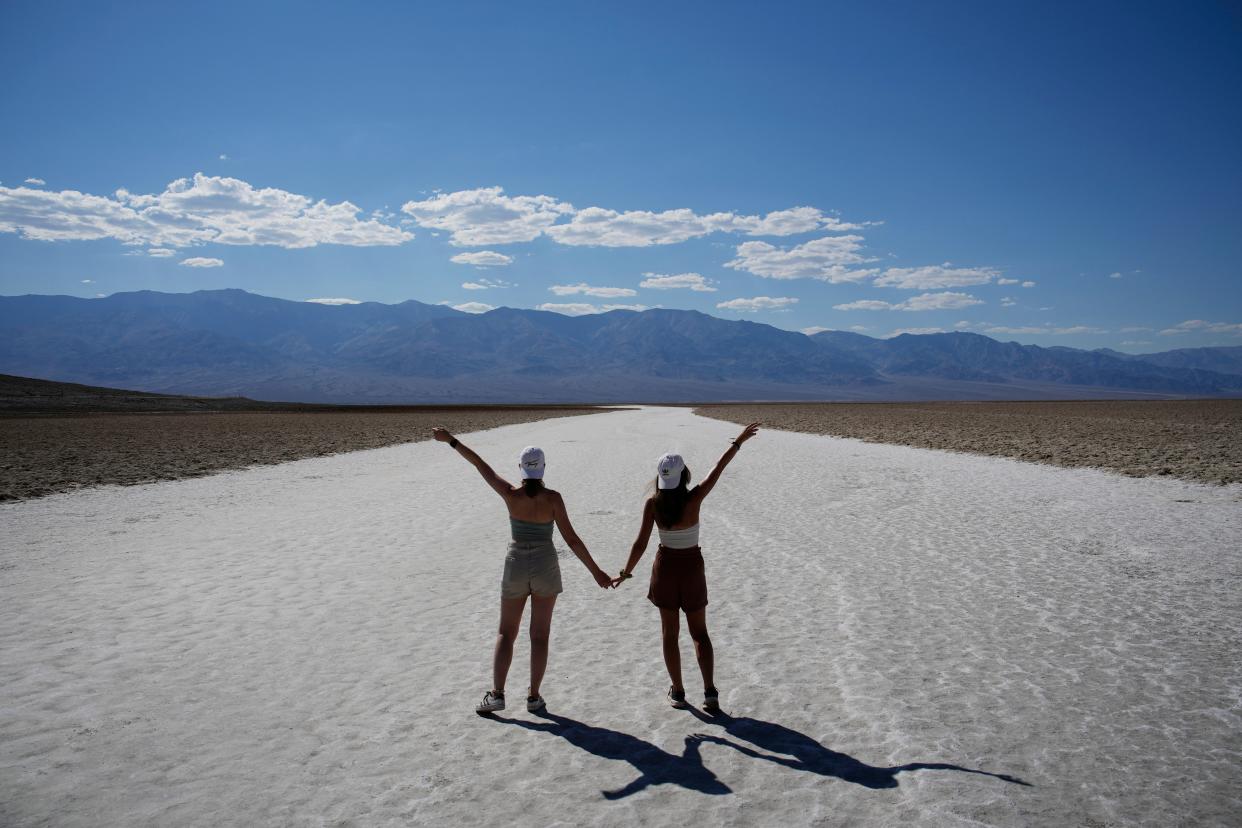
Tall mountains surround it. On one side, there’s Dantes View.
“You can drive up to 5,000 feet and have a beautiful viewpoint just from your car,” she said.
Telescope Peak, the highest point in the park, is on the other side.
“There’s a hiking a trail that goes up there, and that hiking trail goes through pinyon-juniper forest and then eventually through Bristlecone pine forest,” Wines said. “Bristlecone pines are famous for being one of the oldest living things on the Earth.”
What is the best season to visit Death Valley National Park?
“It depends on your definition of best,” Wines said. “If you want to see flowers, mid-February through mid-April would be the best time for that, Bbut that is also when everybody else wants to come.”
She recommends visiting in December or January, outside of the holidays.
“Winter highs are usually in the 60s with overnight lows around 40, so great camping temperatures, great hiking temperatures,” she said. “You'll have trails to yourself, campgrounds to yourself, and the weather's perfect.”
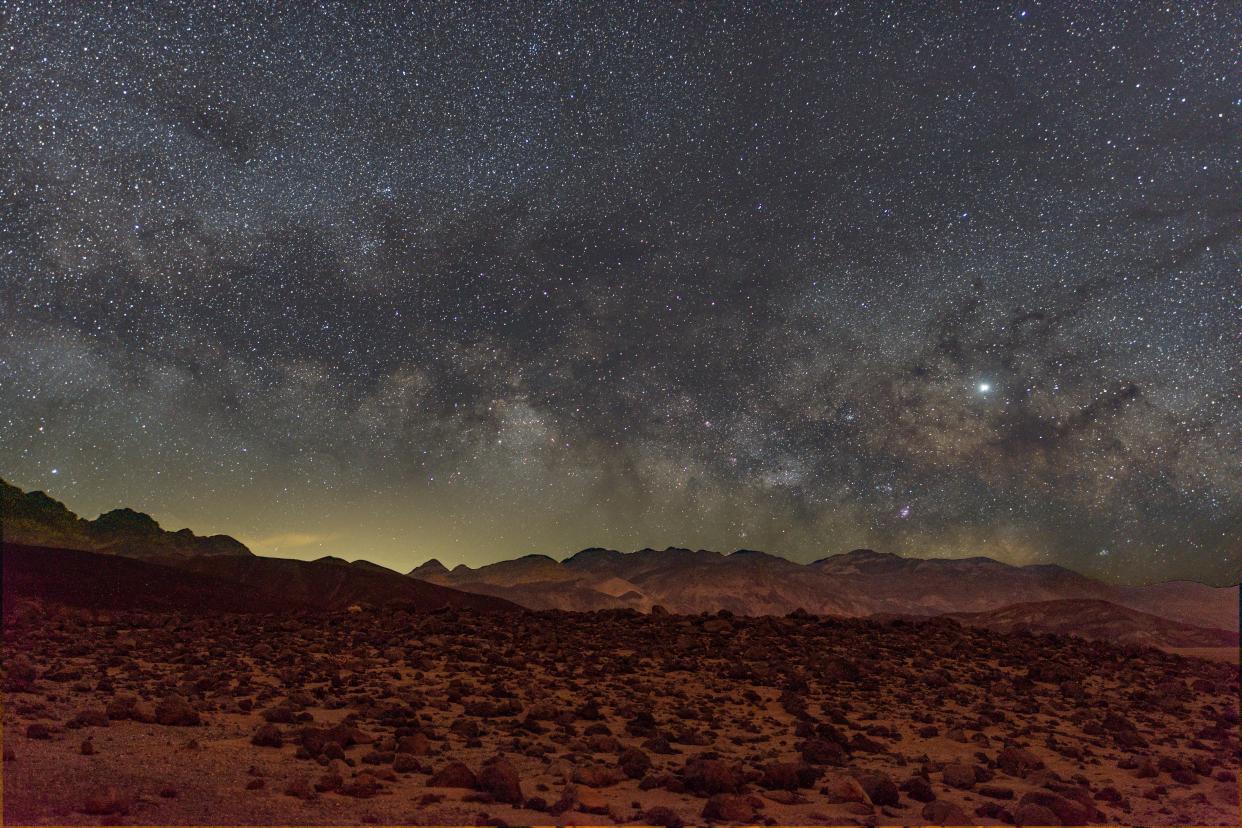
How long do you need to see Death Valley National Park?
“If you just want to do short hikes and see kind of the roadside highlights, two days is a good starting point,” Wines said. “If you love hiking, come for a week.”
“No one ever comes for long enough,” she laughed.
How much does it cost to go in Death Valley National Park in California?
Park entry costs $30 per vehicle, $25 per motorcycle or $15 per person arriving by other means, like bike or foot.
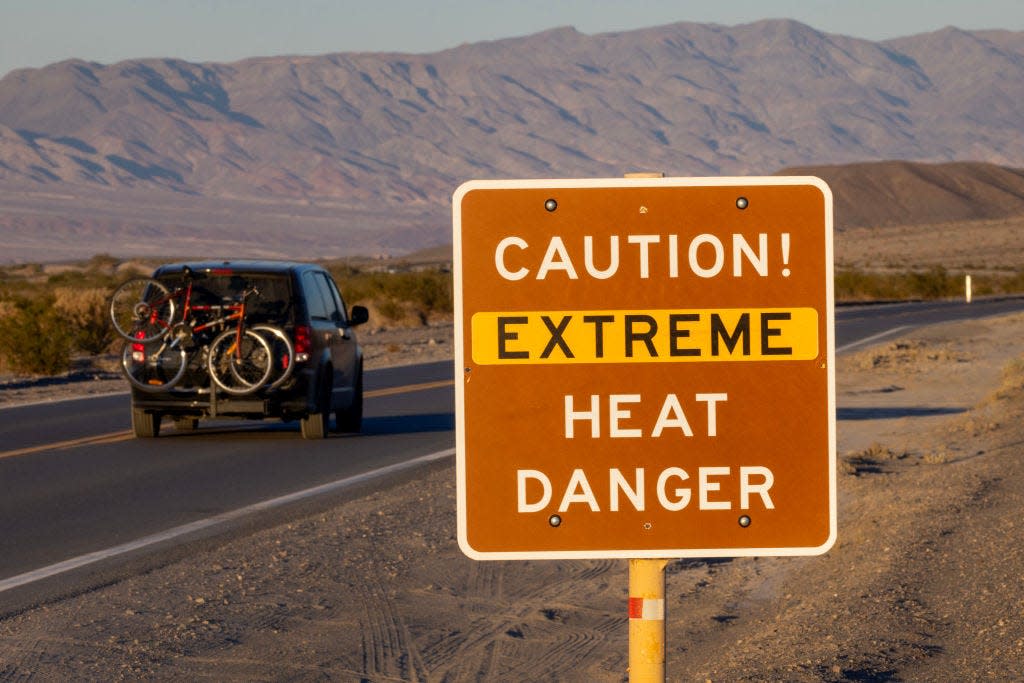
This article originally appeared on USA TODAY: Death Valley? This national park will give you life.